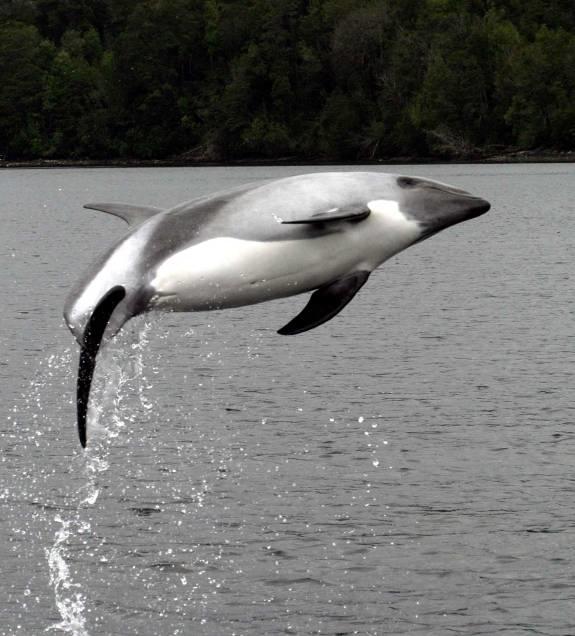Francisco Viddi
Other projects
29 Sep 2006
The Kepenklu Project: Behavioural Ecology and Conservation of Small Cetaceans in the Northern Patagonian Fjords, Chile I
Conserving unique dolphin species and their habitats in the fjords of southern Chile through research and public outreach, education and campaign.

Even though the high diversity of cetaceans in Chile, knowledge and public concern about their presence and potential threats they face lacks strongly. Emblematic species such as the Chilean and Peale’s dolphins, unique to South America and occurring only in waters off Chile and Argentina, are currently listed as Data Deficient by the IUCN. To date, the main threats and conservation concerns for these small cetacean species, as well other marine mammals, are by-catch in local fisheries and the progressive destruction of potentially critical habitat due to coastal development (including intense aquaculture and hydro electrical dams). During the last 5 years, the salmon farm industry has expanded extensively in the fjords of southern Chile, potentially impacting unique marine ecosystems.
Furthermore, global environmental problems such as climate change and ozone depletion might be affecting marine ecosystems in ways we are not yet aware. In our recent studies and results, dolphins in the area seem to present restricted habitat use and movement patterns, indicating that any habitat loss might impact these species severely. By developing robust statistical models to determine and predict dolphin distribution, and carrying out a campaign which includes the production of a documentary video and book on dolphin natural history, this project will assist in the conservation of dolphin population and strengthen the present proposal of a marine protected area in the region.
Effective conservation of dolphins requires a quantitative understanding of the relationship between the populations and their habitats, preferably with predictive ability. Considering major impacts on the natural world, the use of statistical models not only will help us to explain how animals are responding to the environment they live in, but more importantly, models will give us an insight on how animals will respond to the changes they will need to face.
Determining which habitats are used by animals with more frequency and which environmental features are key in making these habitats essential for the animals will ensure adequate conservation policies, coastal zoning and marine protected area design. Public awareness will be achieved by putting all the scientific information and photographs together in a full illustrated book, video documentary and website regarding dolphin natural history and marine ecosystems, which we expect will become a source of educational material as well as a source inspiration for many. We strongly believe, as experienced with our first book on marine conservation, this will have an important and special impact on every one, at the local, national and international lever.